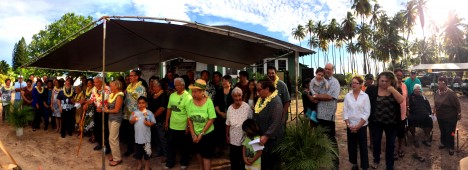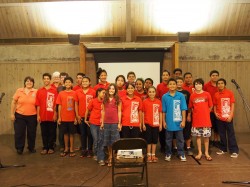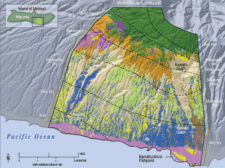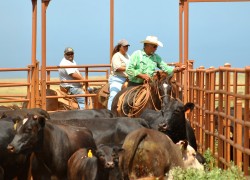Protect Your Home From Brush Fire
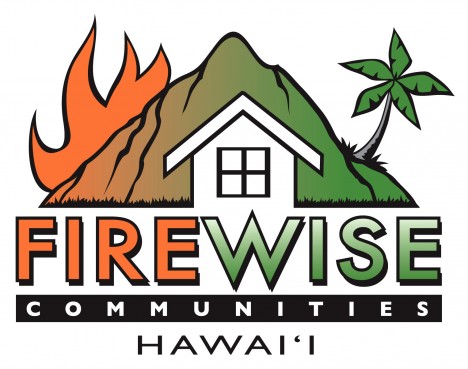
Community Contributed
By Denise Laitinen
Because the top three causes of brush fire in Hawaii are human-caused — arson, fireworks and human error — it’s crucial that folks do what they can to protect their property from brush fires. Fortunately, the national Firewise Communities program offers free and easy suggestions Molokai residents can take to reduce their risk to brush fire. With Molokai’s history of large brushfires, and recent case of intentionally-set fires in Kalama`ula, it is especially important to always be ready to protect your property from fire.
“Firewise teaches people how to prepare for a fire before it occurs,” said Denise Laitinen, the Hawaii Firewise Communities Coordinator.…






